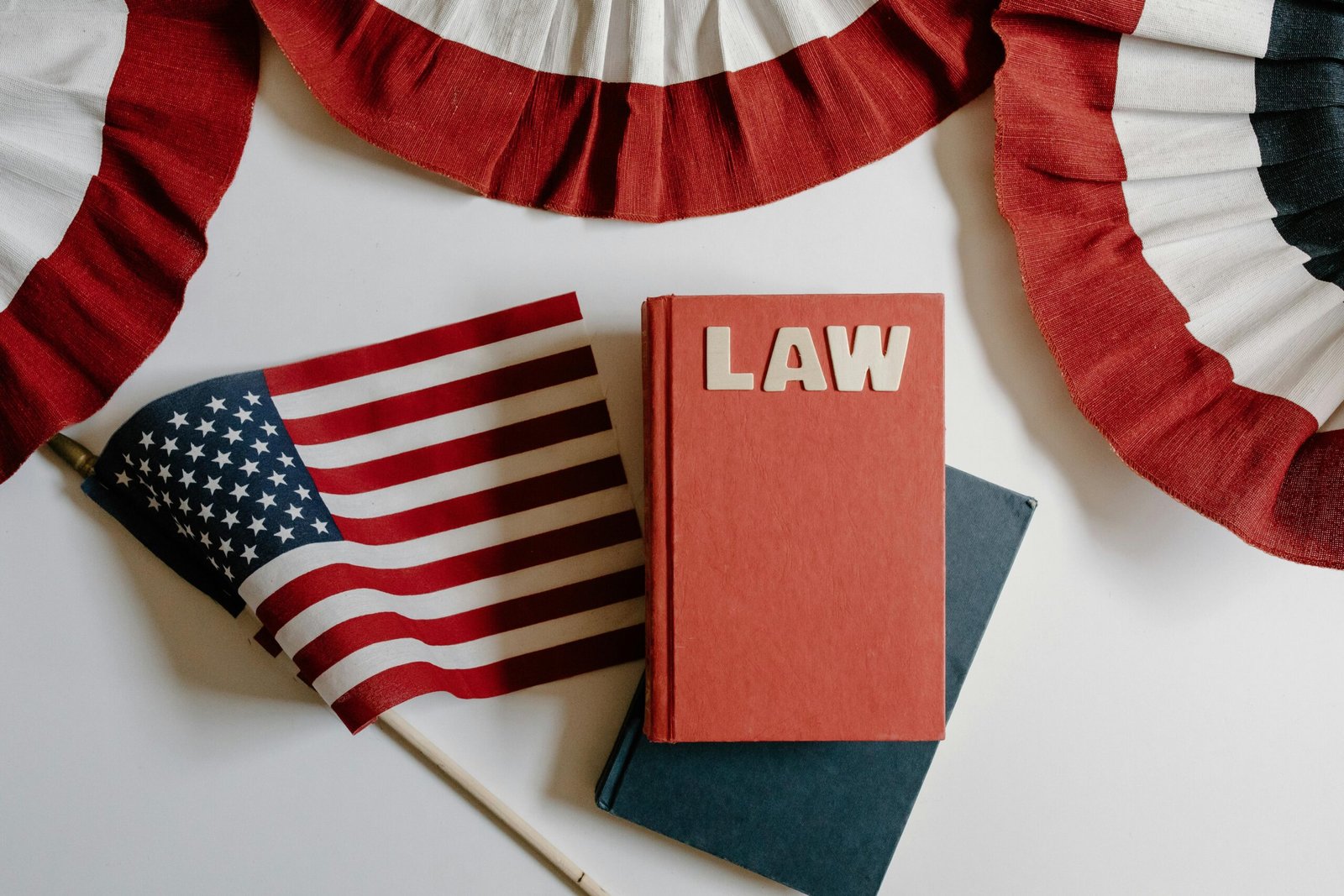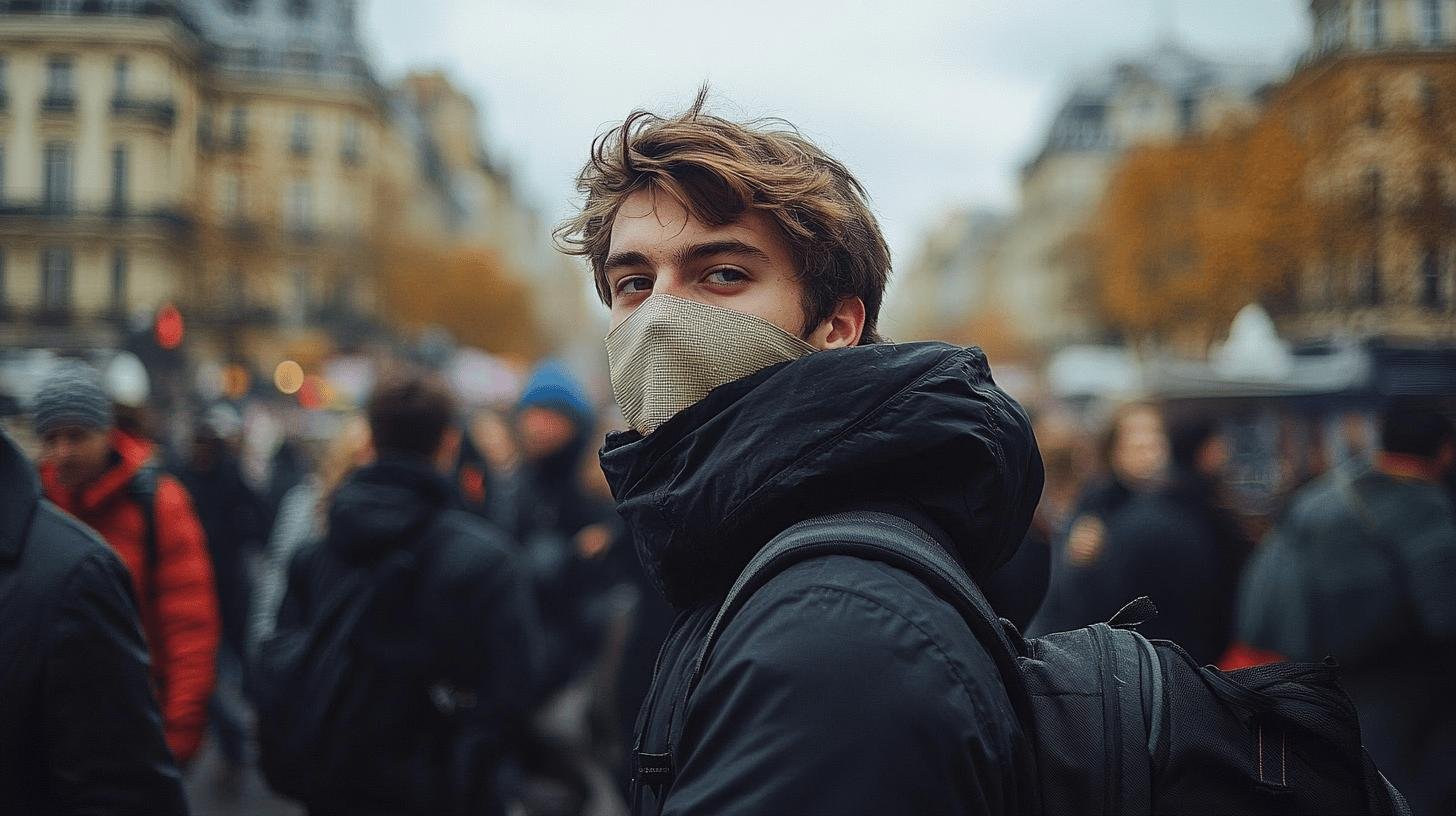TL;DR:
- Freedom of speech is essential but has limits to protect society.
- Key restrictions include: hate speech, incitement to violence, defamation, threats to national security, and obscenity.
- The U.S. First Amendment supports free expression but allows certain speech types to be limited.
- Important Supreme Court cases:
- Schenck v. United States: Established the “clear and present danger” test.
- Brandenburg v. Ohio: Allows restriction of speech inciting imminent lawless action.
- Virginia v. Black: Cross-burning intended to intimidate is unprotected.
- Societal norms shape these limits, balancing individual rights with community safety.
- Current challenges include digital platform regulation, campus speech codes, and political correctness.
The idea of limitless freedom of speech is comforting, but the reality is that it comes with strings attached. In today’s world, several restrictions curb what can be said and where. From hate speech to national security concerns, these limits raise important questions about how we balance individual rights with societal needs.
This article explores how freedom of speech is limited, focusing on legal, ethical, and societal factors that shape these boundaries. Get ready to question what you thought you knew about free expression.
Understanding How Freedom of Speech is Limited
Freedom of speech is a fundamental right that allows individuals to express their thoughts without fear of government censorship. It fosters open dialogue and diverse viewpoints in democratic societies. Yet, this freedom has limits. For instance, the First Amendment of the U.S. Constitution protects speech but doesn’t offer complete freedom. This balance ensures individual expression aligns with community well-being.
While freedom of speech is valued, certain restrictions are in place to prevent harm. These often target speech that risks public safety or infringes on others’ rights. Common limits include:
- Hate speech
- Incitement to violence
- Defamation
- Threats to national security
- Obscenity
These restrictions help ensure that free speech doesn’t become a tool for harm. Understanding these limits assists individuals in navigating free expression while respecting others’ rights and safety.
Legal and Constitutional Limits on Speech

The First Amendment of the U.S. Constitution supports free speech, allowing expression without government control. However, it’s not absolute. Certain types of speech can harm society, so limits exist. These often involve threats, incitement to violence, or risks to public safety.
Notable Supreme Court Cases
The Supreme Court has played a pivotal role in setting the boundaries of free speech. Key cases have established what speech is not protected:
| Case Name | Significance |
| Schenck v. United States | Introduced the “clear and present danger” test for limiting speech. |
| Brandenburg v. Ohio | Established that speech can be restricted if it incites imminent lawless action. |
| Virginia v. Black | Ruled that cross-burning intended to intimidate is not protected speech. |
These cases highlight efforts to balance free expression and safety. The “clear and present danger” test from Schenck allows speech limits if it poses a significant threat. Brandenburg adds the requirement that the threat must be imminent. Virginia v. Black shows how intimidation, like specific threats, can be limited to protect individuals.
These precedents illustrate the complexity of upholding free speech while ensuring community safety, indicating that protection under the First Amendment has its limits.
Societal and Ethical Considerations in Speech Limitation
Balancing free expression with safety is a challenging task. While people value their voice, this freedom can clash with community safety needs. Censorship debates often center on this tension, as societies aim to prevent harmful speech. Ethical considerations in limiting speech are crucial to ensure that any restrictions are justified and don’t infringe on fundamental rights.
Key considerations include:
- Protecting vulnerable populations
- Preventing harm and violence
- Maintaining public order
- Upholding community values and norms
Community standards significantly shape speech limits. These norms reflect societal values, influencing what is considered acceptable or offensive. As societies evolve, these standards can shift, leading to changes in speech regulation. This ongoing dialogue reflects and responds to society’s ethical and cultural landscape. By considering these factors, societies aim to respect individual rights while safeguarding collective well-being.
Freedom of Speech vs. Hate Speech and Incitement

Hate speech and incitement to violence can cause harm, leading to restrictions. Hate speech targets individuals or groups based on traits like race or gender. Incitement encourages others to commit violence or lawless acts. Such speech is limited as it poses significant risks to society. Allowing hate speech and incitement could divide communities and threaten social harmony.
Restrictions often include laws against incitement to racial hatred, enforced globally to prevent violence. For example, demonstrations promoting hate may face legal action to maintain peace. In the U.S., speech that directly incites imminent lawless action, as per Brandenburg v. Ohio, isn’t protected. These examples justify limits on expression to protect safety and dignity, ensuring that free speech doesn’t become harmful.
The Role of Free Speech in Democracy and Public Settings
Free speech is vital for democracy because it allows citizens to express opinions, drive change, and hold governments accountable. Without it, democratic processes could stall, silencing the public. This freedom fosters the exchange of ideas crucial for growth. However, the focus should be on how it’s used and respected.
Free Speech in Public Demonstrations
Public demonstrations showcase free speech in action. These events allow people to voice opinions on contentious issues. The challenge lies in balancing protest rights with public order. Authorities may implement regulations to ensure safety without stifling expression, protecting the right to protest while maintaining peace.
Current Challenges and Debates Surrounding Free Speech

Free speech faces various legal and societal challenges today. A key issue is defining the boundaries for protected speech versus exceptions like hate speech. The subjective nature of what constitutes hate or offensive speech complicates the drawing of clear lines. Courts and lawmakers grapple with balancing expression rights while protecting individuals from harm, creating a complex legal landscape where free speech limits are continually tested.
Some current debates include:
- Digital platform regulation: How should social media sites handle harmful content without infringing on free speech?
- Cultural sensitivities: How do we respect diverse cultural values while maintaining open dialogue?
- Campus speech codes: Are universities stifling free speech to create safe spaces?
- Political correctness: Is it a necessary social tool or a threat to free expression?
As technology and culture evolve, so will the discourse on free speech. Digital platforms play a significant role in moderating content while preserving expression. How will they manage this balance? Additionally, shifting societal attitudes toward offensive speech will influence how free speech is perceived. These debates highlight the core issue: protecting individual rights while supporting a society that values open, honest discourse.
Final Words
Throughout this article, the focus has been on how freedom of speech is limited through both legal and societal lenses.
From constitutional limits, such as Supreme Court cases, to societal debates on hate speech, the information points to a significant balancing act.
Discussions consider ethical standards while keeping the needs of democracy in mind.
Although limits exist, ongoing discussions and challenges emphasize the importance of a nuanced understanding and respect for this freedom.
This constant reflection helps maintain a fair balance, ensuring that freedom of speech remains a pillar of democracy without inciting harm or violence.
FAQ
What are some limitations of freedom of speech?
Freedom of speech isn’t absolute. Common limits include hate speech, defamation, incitement to violence, threats to national security, and obscenity. These restrictions aim to prevent harm and maintain societal order.
Can you give examples of freedom of speech violations?
Examples of violations include government censorship of media, wrongful arrests for peaceful protests, and suppression of minority voices. These actions contradict the core principles of free speech.
Why are there limits to freedom of speech?
Limits exist to prevent harm to individuals and society. It’s about balancing individual rights with protecting others from threats, hate, and violence.
What makes freedom of speech important?
Freedom of speech is crucial for democracy and personal expression. It allows individuals to share ideas, protest, and hold governments accountable.
What types of speech aren’t protected by the First Amendment?
The First Amendment doesn’t protect incitement to violence, defamation, true threats, and speech that poses a significant threat to national security.
What is the significance of the Freedom of Speech Amendment?
The First Amendment establishes the right to free speech, ensuring individuals can express themselves without unwarranted government interference.
Why are limits to free speech important?
Limits protect public safety and moral standards. They help prevent violence, discrimination, and other harmful behaviors promoted through speech.
What’s a limitation in freedom of speech often called?
A common term for limitations is “speech restrictions.” These are legal constraints preventing harmful or dangerous expressions.
What are three limitations placed on freedom of speech and press?
The major limitations include laws against hate speech, rules on obscenity, and restrictions to prevent incitement of violence.
What limits do Americans truly have regarding their freedoms?
Americans face limits in specific contexts like national security, hate speech, and situations where speech incites unlawful actions. These ensure a safe, respectful society.

